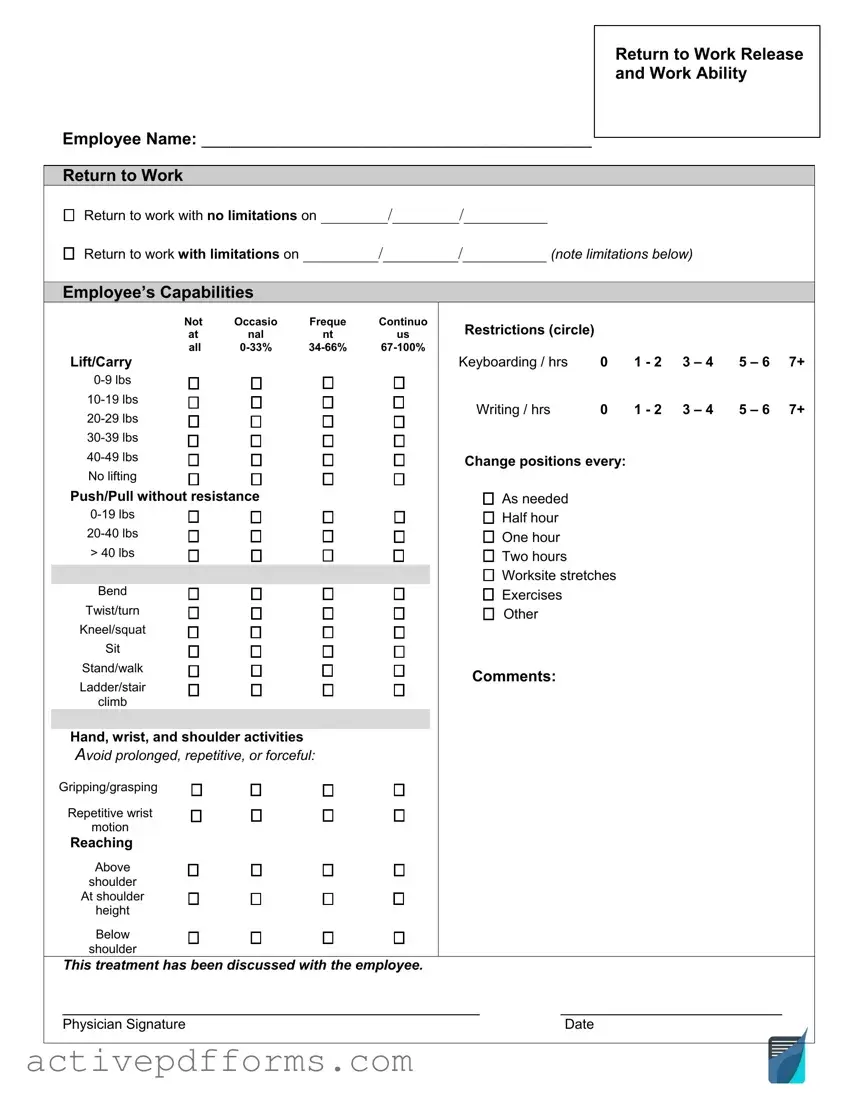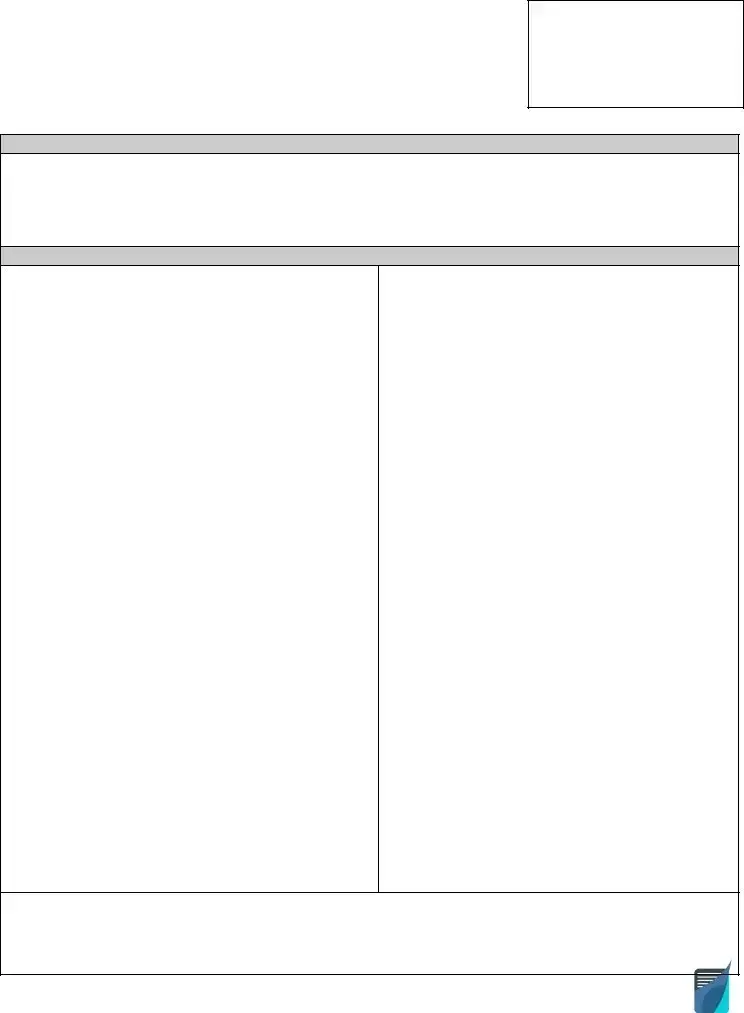Navigating the intricacies of the legal frameworks and policies that guide employment during incarceration or as part of a rehabilitation program, the Work Release form serves as a pivotal document. It stands not only as a beacon of hope for those looking to reintegrate into the workforce, but also as a critical tool in bridging the gap between correctional facilities and the labor market. The form is meticulously designed to ensure compliance with laws and regulations, safeguarding both the interests of the employer and the rights of the individual seeking employment. It encapsulates a broad spectrum of information, including personal details of the applicant, specifics of the employment offer, and the terms of work release as sanctioned by the overseeing authority. Essentially, it acts as a formal agreement, underpinning the terms of employment, the nature of the work involved, hours permitted for work, and the oversight mechanisms in place. This document not only facilitates a smooth transition for individuals aiming to reenter society but also plays a crucial role in reducing recidivism by providing a structured path to stable employment.

